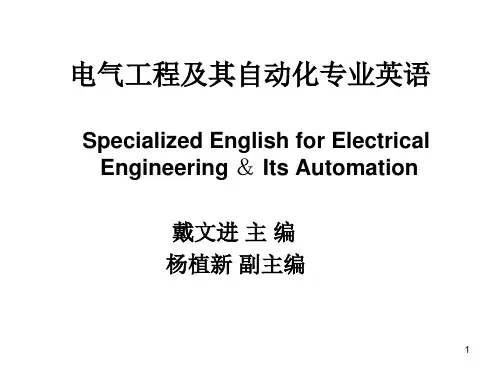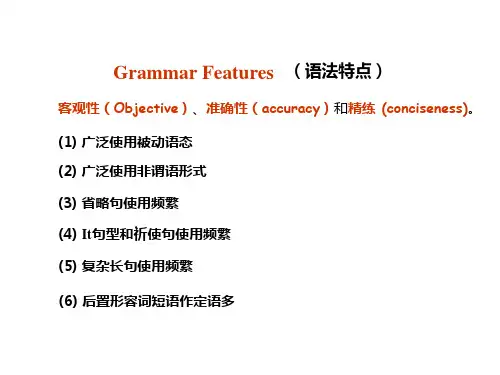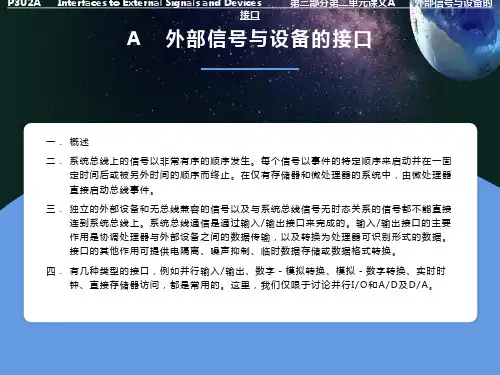.
Unit1 Electric Elements and Components
The Components A battery provides electromotive force (emf), or voltage, in a circuit. It contains layers of chemicals that cause electrons to move in a certain direction, from its negative pole to its positive pole. It is marked with a rating of how much voltage there is across the two poles, and a (-) for the negative pole and a (+) for the positive pole. Batteries may also be marked with an ampere hour (Ah) rating, indicating total charge capacity. An ideal battery can thus be represented as a voltage source. In practice, a battery also has an internal resistance that is represented as a resistance in series with the voltage source.
Unit1 Electric Elements and Components
If a wire is used to connect the two poles of a battery, electrons flow through the wire from the negative end to the positive end. (The wire will also get hot because it isn't a perfect conductor, and the battery will quickly exhaust all its power.) Thus a wire can be represented as a low-value resistor. Current sources are often absent from basic electric circuits, and are more likely to be found in electronic circuits containing semiconductors. For example, on a first degree of approximation, a bipolar (junction) transistor may be represented by a variable current source that is controlled by the input voltage.










